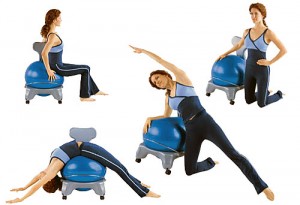We have all thought about and planned for the future at one point in our lives, with the hope of being financially stable, in good health, and happy. Well, businesses should be doing the same planning. Having a solid return to work plan for injured workers will help your business thrive in the future.
Does your business have a solid IIPP Program (Injury and Illness Prevention Program), a safety program, and an effective implementation of those policies? Being prepared means having something in place prior to a problem occurring. Take the time to map out the steps so your business does not get lost in the world of workers compensation. Utilizing an early return to work program can help you get injured employees back on the job, save money, and protect that dream of a successful business that cares about its employees and their health.
According to the California Division of Worker’s Compensation the state average weekly wage (SAWW) has increased nearly 4% in 2008. The new maximum for 2009 temporary total disability will be increased to $958.01 a week. With these increases your business needs to have a plan on educating, rehabilitation, injury prevention, safety, ergonomics and return to work programs. This plan will help you save valuable dollars being spent on claims that you did not plan for.
Eliminate the headaches involved with building IIPP programs or Return to Work Programs and Safety Concerns! Let Proof:Positive tailor a plan for your company that will help keep your workers’ compensation costs out of the red and keep you and your employees smiling!





